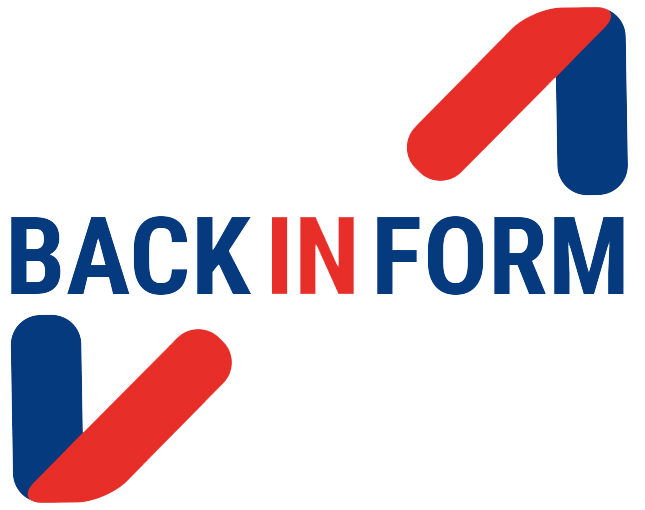To find out how to prepare for Tennis let’s look at the physical characteristics of the game and determine what attributes of physical performance should be addressed through training. Keep in mind: “we get fit to play a sport not playing a sport to get fit!” Tennis like most racquet sports is characterized by fast explosive movements like jumps and sprints. Recovery time in between points is usually rather short and total playing time varies between 30 and 180 minutes per match. There is a great amount of lateral movement as well as overhead racquet movement. Both movements carry an elevated risk for injury. A tennis player has to focus in his/her training therefore on a multitude of goals. Good muscular strength and flexibility help with injury prevention and explosive movement. Coordination and balance are important while chasing the ball with multidirectional runs. Anaerobic and aerobic capacity need to be trained parallel due to the stress placed on both energy systems with each point and the total length of the game.
Power and Explosiveness:
These anaerobe qualities can be trained in many different ways. I usually have my athletes go through sprint and plyometric drills and emphasize multi directional/planar exercises. I prefer to take the player off the court as much as possible in order to prevent overuse injuries due to the hard surface. Shuttle sprints over short distances, North, South East & West (forward sprints, lateral quick steps, reverse sprints), or Reaction Sprints (a partner throws a tennis ball over the athletes head, he turns sees the ball and retrieves it by sprint) are great ways of improving the sprint qualities and reaction time of tennis players. In addition I use medicine balls, reaction balls, agility ladders, elastic resistance, parachutes, hurdles, BOSU® and Plyometric Boxes to improve lower extremity power.
Muscular Strength
Tennis specific strength training should focus on balance and joint/core stability. That means you should avoid focusing on muscles of either front OR back of the body but rather engage in a work-out treating all muscle groups as equally important. In athletic performance training I prefer multi joint exercises over single joint exercises (typical for Body Building) as they are a better way of preventing muscular imbalances. I also introduce different plains of motion into exercises in order to emphasize joint stabilization in a multitude of directions. A few examples.: Forehand-Backhand Lunges; Chest Flys and Reverse Flys with multi directional lunges using elastic resistance or cable; Snatch, Cling and Jerk using moderate workloads; Medicine Ball Throws.
In addition I like to introduce my tennis players to a variety of exercises that help with overuse injury prevention. Exercises to stabilize the shoulder and prevent rotator cuff injuries such as internal/external shoulder rotation and “empty the can exercise”. Exercises to reduce lateral epicondylitis (aka tennis elbow) include wrist flexor/extensor stretches and strengthening of same muscle groups.
Flexibility:
Range of motion (ROM) is for a tennis player as vital as it is for most other athletes. A decrease in ROM due to tight muscles and tendons prohibits accurate biomechanics, diminishes your technique and reduces the accuracy and force with which you are hitting the ball. It furthermore leads to an increase in wear and tear on joints and muscles and therefore more time on the injury reserve list. Use dynamic stretching before your games in order to increase blood flow to the area and static stretching after your game to restore proper muscles length! Muscles groups in desperate need for stretching are hamstrings, quadriceps and gastrocnemius as well as pectoralis, rhomboids, trapezes and triceps.
I hope you find these tips helpful and wish you a lifetime of great tennis!
A Santé,
Hartmut Broring – M.S. Exercise Therapy
